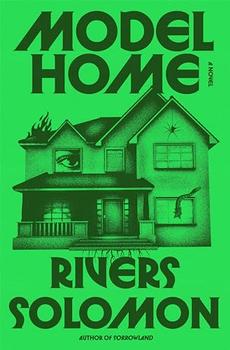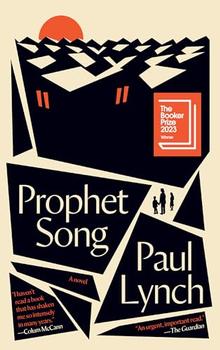Summary | Excerpt | Reviews | Readalikes | Genres & Themes | Author Bio

500 Years of Western Cultural Life, 1500 to the Present
by Jacques Barzun
Many of the Protestant tracts were illustrated with woodcuts, by Cranach, Dürer, and other leading artists, which helped propaganda by attracting the illiterate: their friends read them the text. No longer always in Latin for clerics only, but in one of the common tongues, the 16C literature of biblical argument and foul invective began what we now call the popularization of ideas through the first of the mass media.
Some notion of the force wielded by this new artifact, "the book," may be gathered from the estimate that by the first year of the 16C, 40,000 separate editions of all kinds of works had been issued - roughly nine million volumes from more than a hundred presses. During the Protestant struggle some towns had half a dozen firms working day and night, their messengers leaving every few hours with batches of sheets under their cloaks, the ink hardly dry, for delivery to safe distributors - the first underground press. [The book to browse in is: The Coming of the Book by Lucien Febvre and Jean Martin.]
If Luther had no thought of setting off a revolution, what was his aim? He "only wanted to elicit the truth about the sacrament of penance." An innocent question, but timely, because of the current sale of "indulgences." These were a sort of certified check drawn by the pope on the "treasury of merit accumulated by the saints." In popular belief, buying one enabled the holder to finesse penance and shorten his or her time in Purgatory -- or that of a friend or relative. Luther wanted to know whether any substitute for true remorse and active penance could be bought in the open market. He thought the only treasure of the church was the gospel.
Many besides Luther had felt true piety and wanted to worship sincerely, not buy their way into heaven. One form of awakened faith was significantly called devotio moderna. The formation of groups like the Brothers of the Common Life, the founding of new grammar schools, works such as The Imitation of Christ by Thomas A Kempis, and the spontaneous attitude of ordinary folk showed that the work of earlier reformers was bearing fruit.
These reformers had been many. From Wycliff in 14th-century England to John Huss in Bohemia in the 15th, heroic attempts had been made to "go back to the primitive church," the humble early Christians, whose only church was their elected overseers. For them the gospel had been enough and so it should still be.
Copyright © 1999 by Jacques Barzun. All rights reserved. Published by permission of the publisher, Harper Collins. This excerpt, or any parts thereof, may not be reproduced in any form without permission.




In youth we run into difficulties. In old age difficulties run into us
Click Here to find out who said this, as well as discovering other famous literary quotes!
Your guide toexceptional books
BookBrowse seeks out and recommends the best in contemporary fiction and nonfiction—books that not only engage and entertain but also deepen our understanding of ourselves and the world around us.